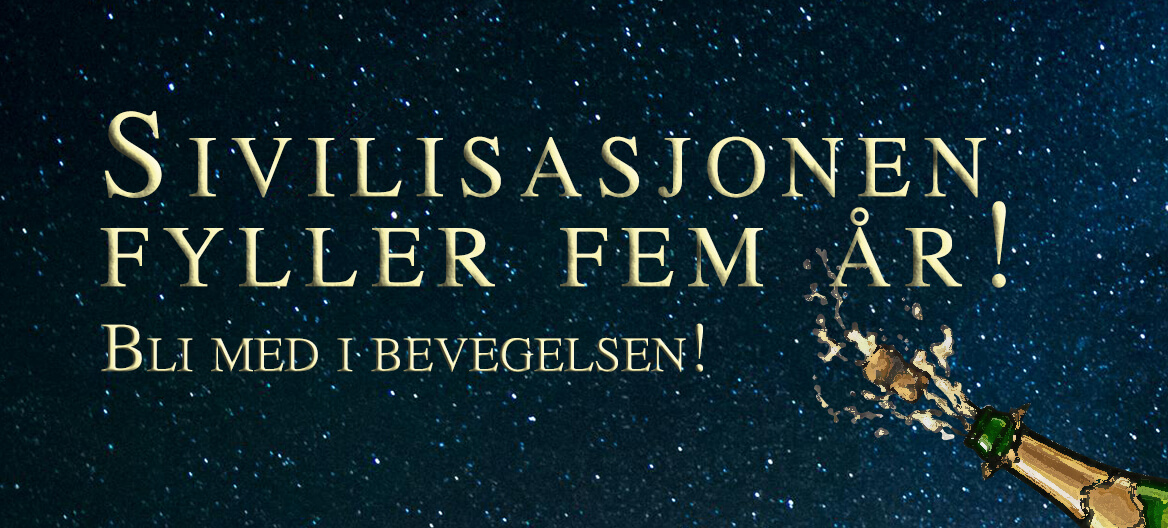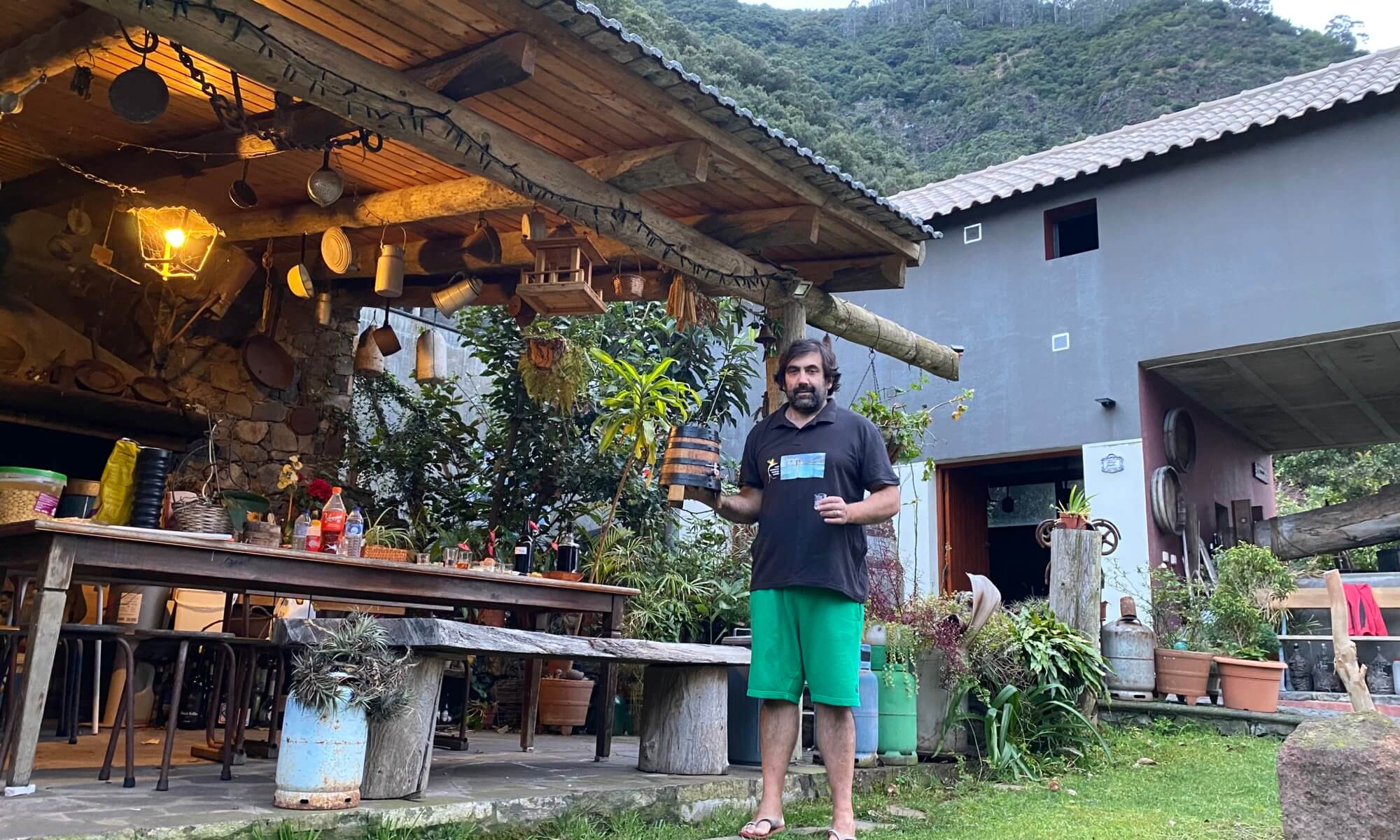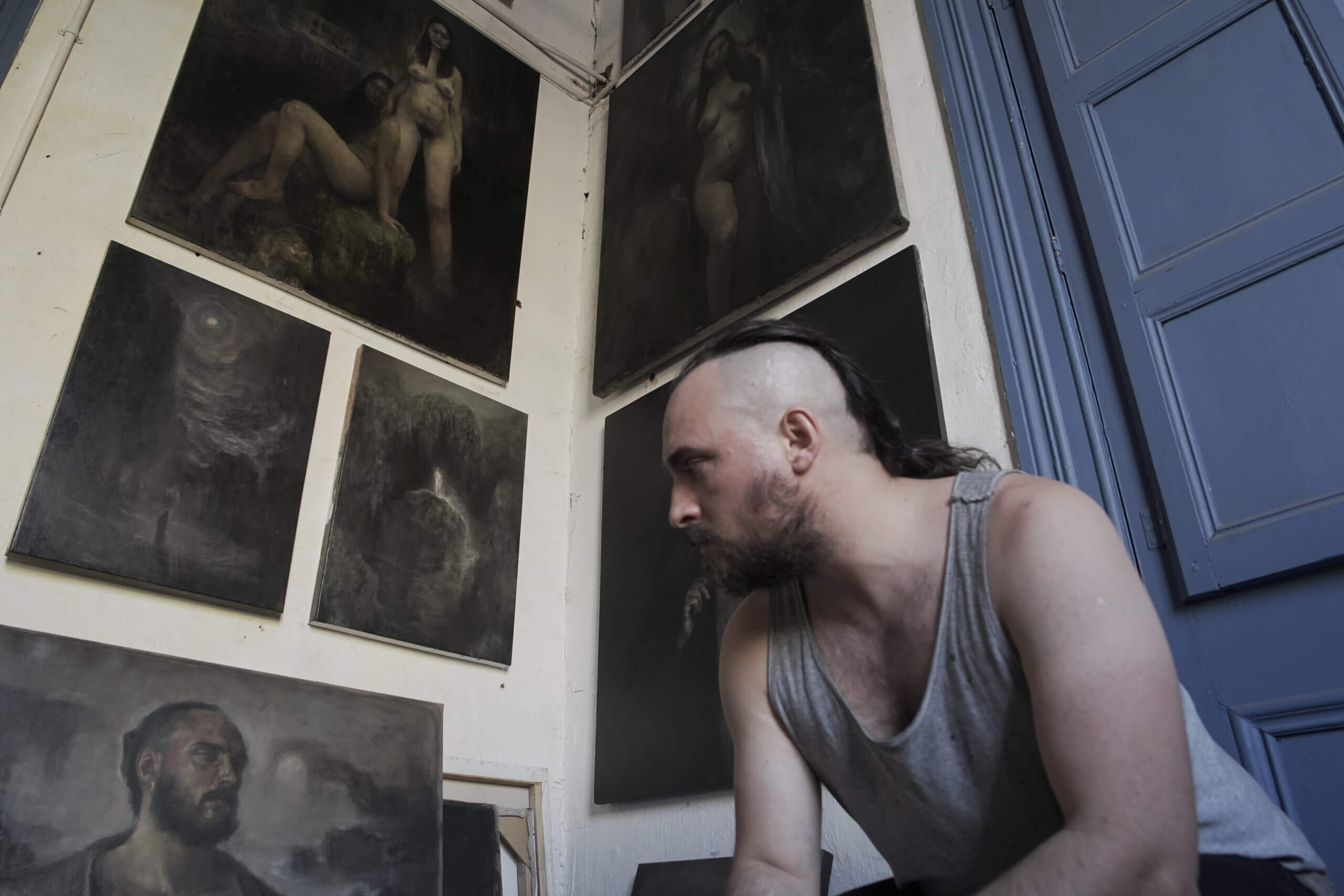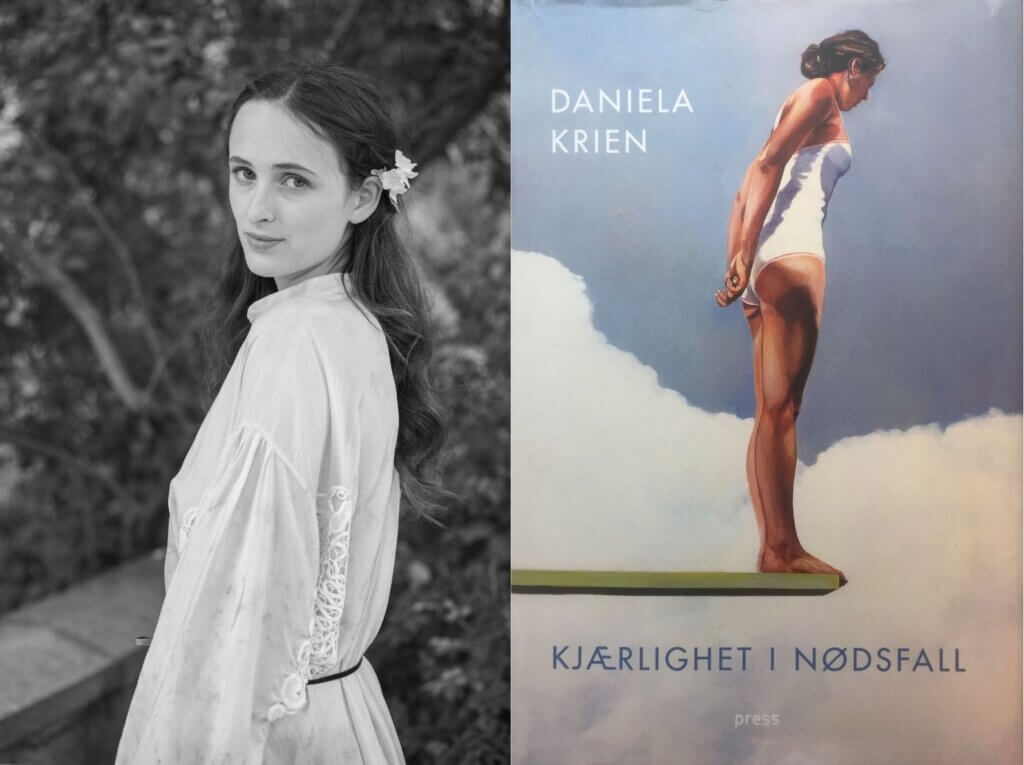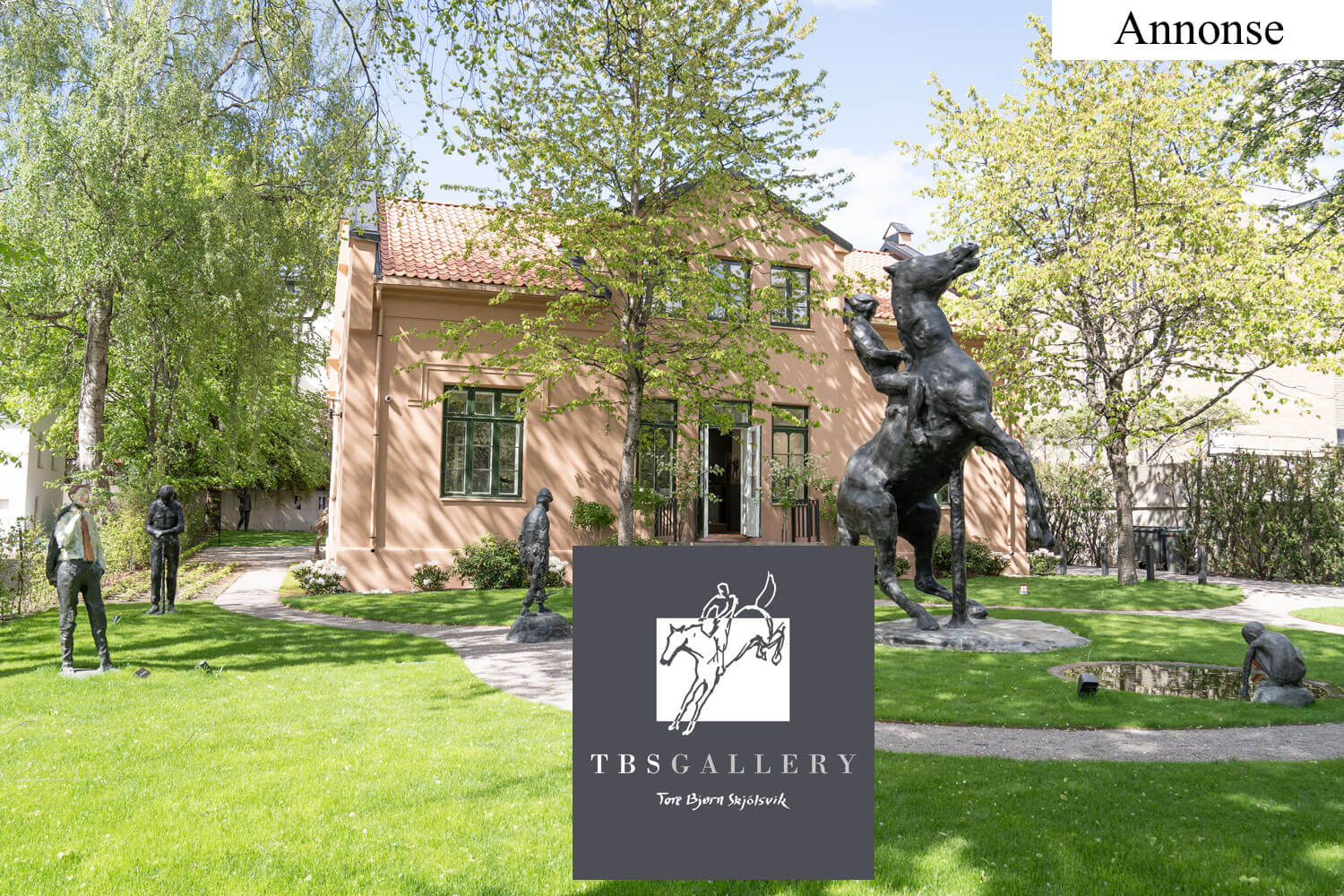On the green and cooler north side of Madeira is the small town of São Vicente. If we walk up the hillside, high above the church spire, we find the farm of Leonel Dias and his wife Elda Garcês named A Casa Estrelícia-Dourada Garcês.
The 5.000 m2 property consists of more than 1300 m2 of vineyards, including mill and cellar, and the remaining property is an orchard for local fruit trees as well as four spaces for stay, which make up the Bed & Breakfast the couple are running.
On this farm, precious drops of Madeira Wine are made – according to a recipe and a craft that has been handed down from generation to generation.
The passionate Leonel pours from the bottle as if it were liquid bronze that he shared with his guests – and lo and behold, the glass fills with a liquid that sparkles just like the pure metal!
– Please, enjoy, he says ceremonially, before he explains how to maximize the tasting experience:
– Keep it in your mouth for a few seconds. Then, smack your tongue. At first, it will taste like cherry, and then you will sense a metallic aftertaste. Second time you taste it, it will not feel as sweet.
When we sit in the pavilion and sip the wine, surrounded by green, volcanic mountain peaks that play hide and seek in the clouds, it strikes us that it is quite possible that we are enjoying the world’s best Madeira. The taste is initially caramel-sweet, then dry and strong, while the whole experience is rounded off with a long, delicious aftertaste of the noble grapes.
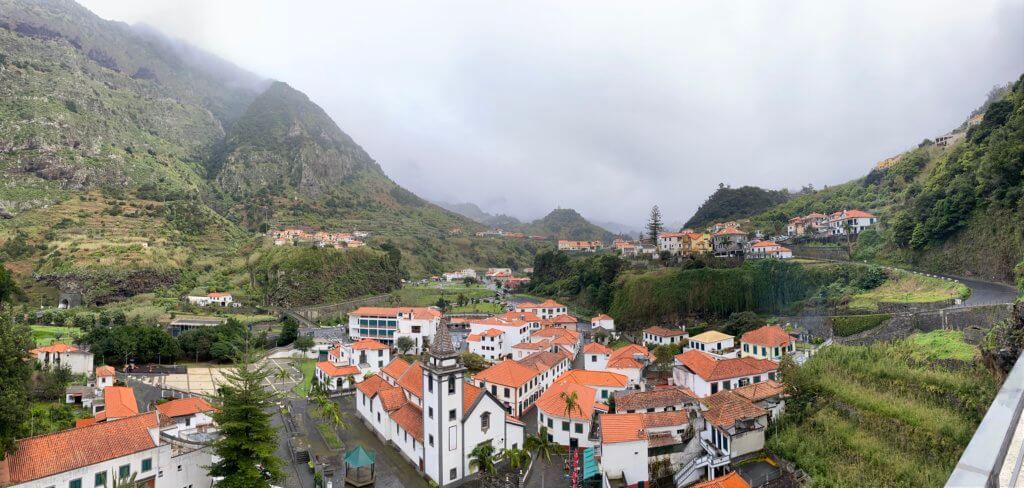
The Legendary Wine
Through history, Madeira has been one of the most symbolic and legendary wines in the world. The story says that Madeira Wine was chosen to toast the signing of the Declaration of Independence of the United States in 1776. Napoleon is said to have made a stop on his way to exile to bring a barrel to the island of Saint Helena.
The last century, the Madeira wine’s popularity has decreased for many known and unknown reasons, and it has become known as The Forgotten Island Wine. However, given the many mentions of the wine in world literature, it will never be fully forgotten – and there lies the wine’s potential for a renaissance. Few, if any, wines can count as many references in literary works, such as those of Shakespeare, Tolstoy, Balzac, Dickens, and Dostoevsky.
Leonel tells us that the history of Madeira wine can be traced back around five centuries, when the first inhabitants of Madeira came from the north of Portugal – such as Porto, Braga, Barcelos, and Ponte Lima.
– They brought with them the tradition of making port wine. Discovering that Madeira was suited for growing sugar canes, they started to use sugar in the wine-making process. The climate on this small island is perfect for growing grapes and sugar canes, he says.
Legend has it that Saint Vincent appeared to the Portuguese settlers here in São Vicente – at the estuary out into the Atlantic – sometime in the 17th century. It gave rise to the fact that both the city, the river and the church bear his name. The fact that the good Vincent is considered the high patron of winemakers is only fitting.
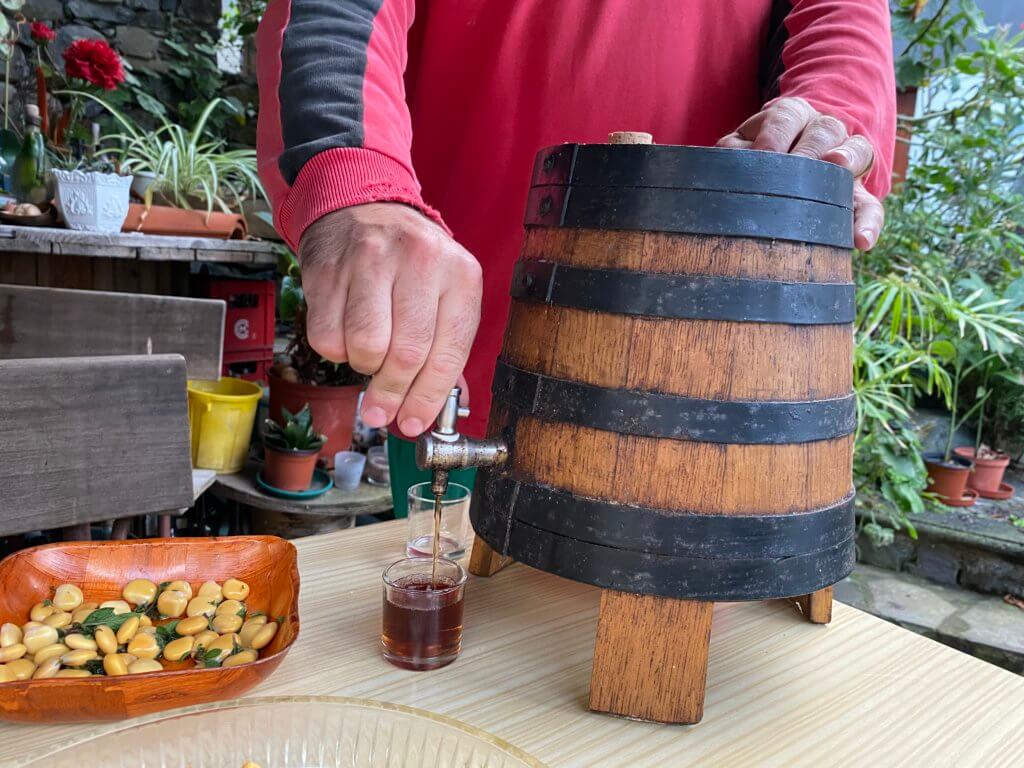
Listening to the Elders
Leonel tells us that the farm belonged to his wife’s father, and that the couple today runs the farm and rents it out as an AirBnB. The self-taught wine producer points up the hill to show us the winestocks, which thrives in the humid hills. The knowledge of wine-making, he reveals, is something he has gathered from people of the previous generations.
– In my family, I was the kid from the city, so I never worked at the farm myself when growing up. When I started making wine as an adult, around 25 years ago, I learned a lot from my mother and from my late maternal grandmother Maria, who, although not knowing how to read or write, had much knowledge and experience of life and of agriculture. I also visited older people who knew the tradition in order to learn from them, Leonel says and adds:
– That is the best way to gain knowledge, listening to the elders. We listen, we learn, and then we reproduce.
After having finished college in Braga (northern Portugal), becoming the first in his family earning a degree, Dias started working as a History teacher in Funchal. He still works as a teacher today, but dreams of running the farm full time.
– When I finished my education, all I wanted to do was to teach. Farm work was uninteresting to me. However, when my father and grandfather passed, I became curious to learn the old traditions for them not to die out, and then I started to make this wine, he says.
In the beginning, Dias made only so-called dry wine (“o vinho seco”), which is a table wine quite different from the sweet wine known as Madeira. It was advice from his maternal grandmother – grandmother Maria – that made him change his ways.
– My grandmother never learned to read or write, but she was a very intelligent lady. She knew everything you needed to know about farming and wine making. One day she asked me why I did not make sweet wine, arguing that it both lasts longer and is more popular. Of course, she was right.
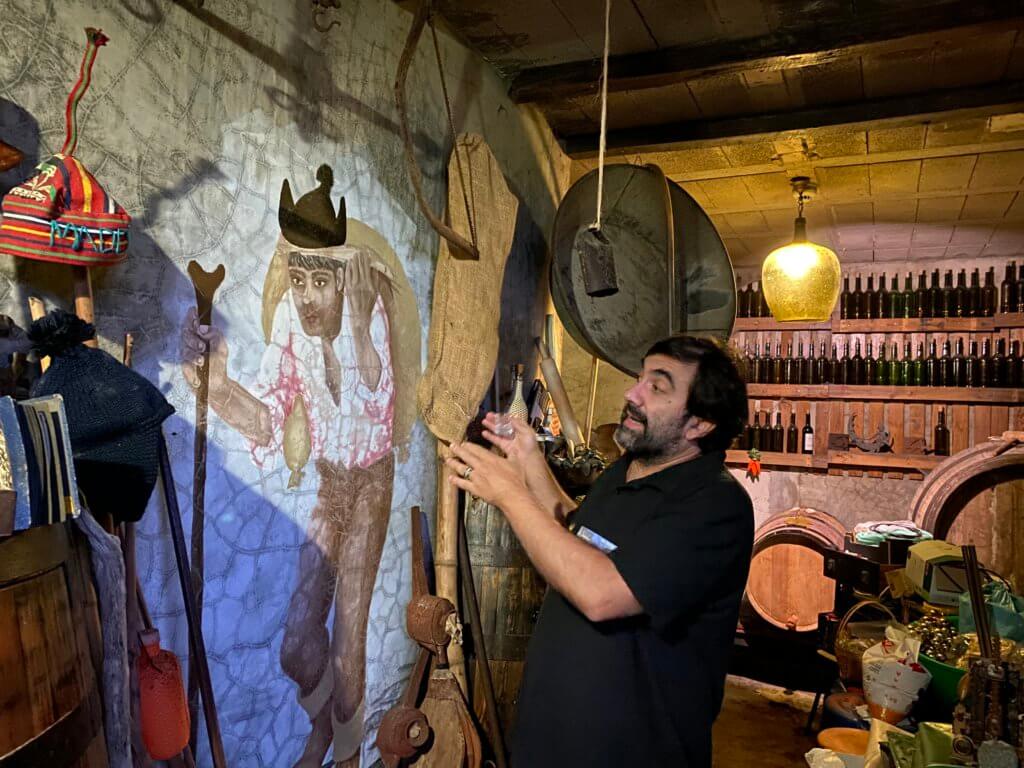
A “Forbidden” Grape
As side dishes to his home-made wines, Leonel serves bolo de caco, a traditional bread, with olive oil as well as tremoços or lupini beans. Fresh eggs from the chickens who chatter in the background are also presented.
While serving, Leonel keeps talking, and it is obvious that what he produces at the farm is his pride and passion. He reveals that he and his wife were contacted by the government a couple of years ago, and that they offered to pay the family if they decided to change the type of grapes they were using to produce wine.
– They wanted us to start using the same kind of grape that the large Madeira Wine producers are using, he says.
A couple of generations back, the American grape (“uva americana”) – also called the Strawberry grape (uva morangueira) or Concord grape – was widely used in Madeira and Portugal. The variety came to Europe from the USA in the 19th century, Leonel explains, and was introduced to fight a plague of a parasite named phylloxera, which was killing the European grapevines – a parasite which the American grapevine was more resistant to.
This is the kind of grapevine that Leonel is using for his delicious wine, but in recent decades the grape variety has faced heavy regulations in the EU, and has become a “forbidden grape”. There are many explanations as to why this grape has been banned.
The official reason is that it is difficult to control methanol levels during wine production when using the American grape. However, since this is supposed to be solvable through the process of vinification, a popular hypothesis is that the reason for the ban is to fight the invasion of a “foreign” grape, which originally came from America, in Europe.
– We decided to not accept the government’s offer because we wanted to preserve the traditions from my family. If we had changed the grapes, our wine would become more similar to the Madeira Wines you can buy in the supermarkets and in the capital Funchal, which again would reduce the diversity, explains Dias.
We are told that every summer, in the Madeiran town of Porto de Cruz, there is a festival called Party of the American Grape.
– I mean, if people arrange a festival for a certain type of grape, it must mean that it is appreciated. Also, we think it tastes deliciously, and that it is worth preserving, he adds.
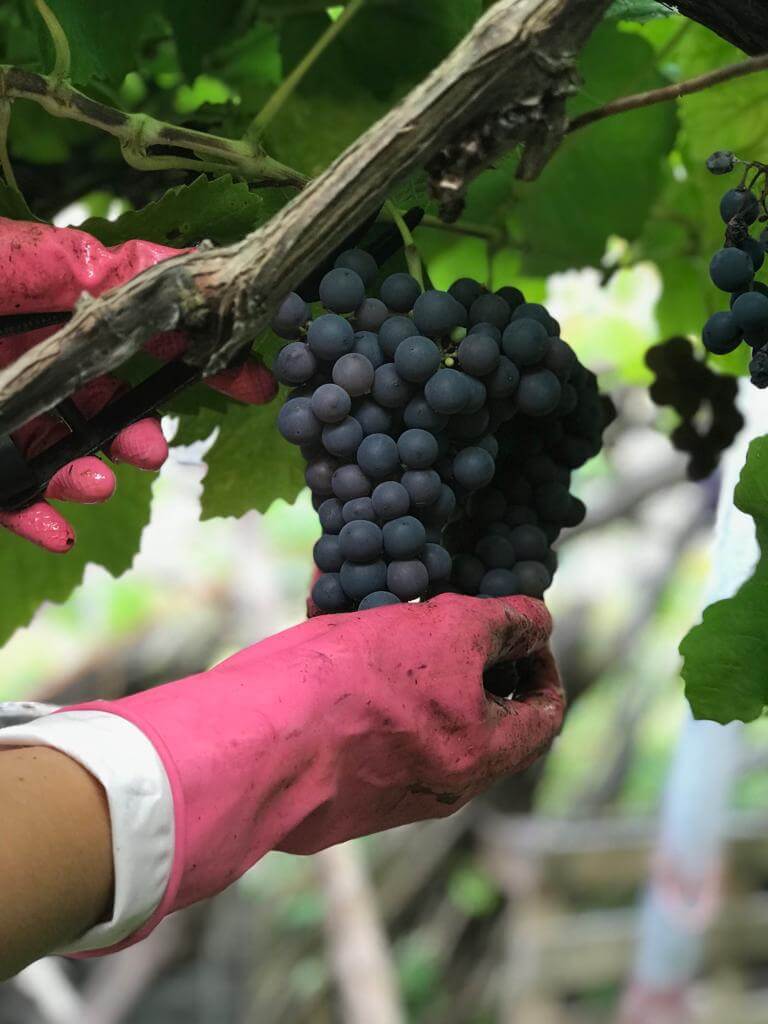
Borracho
It is time to move into the wine cellar, where Leonel has his most treasured wines stored. Some of them have been in the wooden barrels for more than a decade. On the wall inside, there is a painting of a man in traditional Madeiran costume, carrying something on his back.
– The painting is made by my gifted wife. She is an art teacher, and here she has portrayed me in the role of a borracheiros, Leonel says pointing to the painting.
– What is a borracheiros?
– We have 11 towns in Madeira, and only four of them produce wine. Around 50 years ago, we did not have the roads we have today, and the ocean was not always friendly. Therefore, it was needed to transport the wine from some towns to others. For this, they used goat skins and filled them up with grape juice and carried them like a backpack. We call this wine skin for Borracho, and the guys carrying them for borracheiros, Leonel explains.
He reveals that the word “borracho” has also come to mean “a drunkard”.
– When they filled up the skin, there were perhaps 75 liters in it. Then, they carried across the mountains to Funchal. When they emptied it in someone’s cellar, there were perhaps 70 liters left.
– Do you enjoy Madeira wine yourself?
– I enjoy wine, but I drink rarely. It happens that I take a small glass of wine from the barrel, sit down and enjoy the view of the mountains while I drink. But then, it takes perhaps a month or two before I enjoy another glass. Of course, I often want to have another glass, but then I am reminded of my father, he says and continues:
– The notion back then, in my father’s and grandfather’s generation, was that Madeira Wine made the men strong. Water was for women and children. Due to this, I don’t have a father today. He started to drink when he was very young, and that was very usual in Madeira. It is sad, but it is the truth.
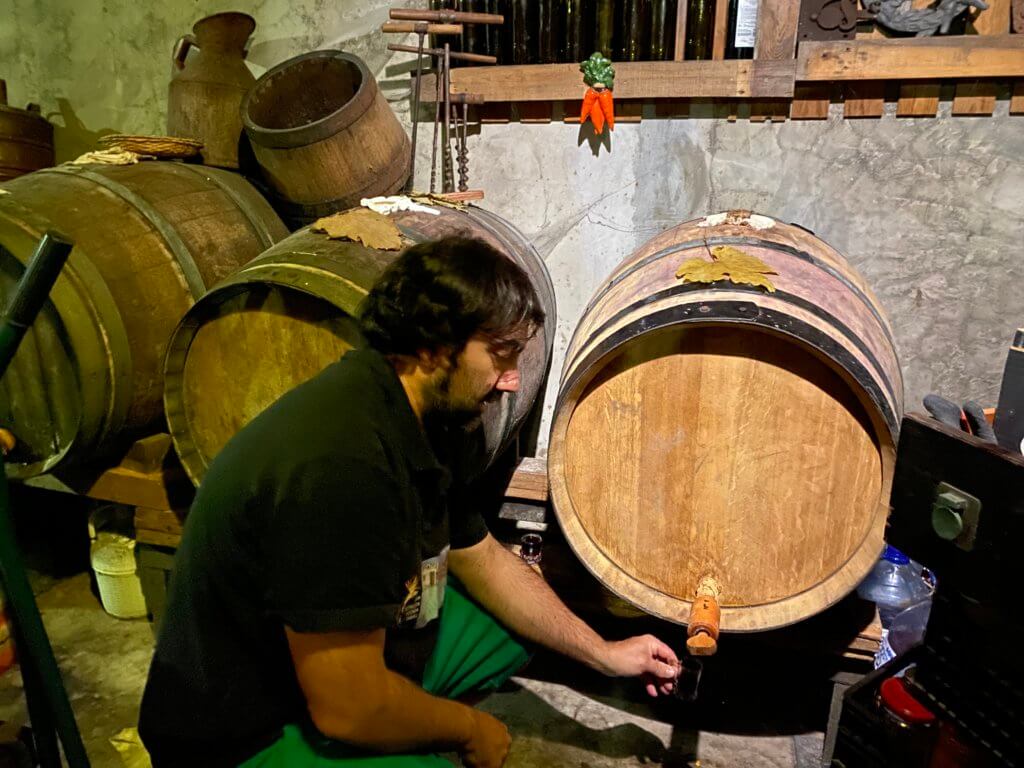
Wine Drinking Barrels
Further into the cellar, the barrels stand in a row. Spider’s webs are in the corners – just like it is supposed to be in a wine cellar.
– This cellar is perfect to produce wine, because it gets very dark when I shut the lights. And the air remains fresh, it is not locked in. Also, you do not want much light inside.
Leonel says that he has attempted to make the cellar a kind of a museum, combining personal things from the family with the tradition that follows the wine making. Around us are bottles and barrels, garden equipment and tools.
– I use wooden barrels although I know that wood “drinks” wine, he says. This is because the wooden barrel creates much better taste than using plastic or metal containers.
– For how long can the wine be stored in the barrels?
Leonel knocks on the barrel next to him, and says he needs to check how much wine there is left.
– After it is less than 40 percent in the barrel, I have to tap everything into bottles. Because then it is too much air and the wine will start to oxidize. When the wine is in the bottle, it is the same principle.
Next to the barrel is a matchbox. Leonel picks up a match and lights it over one of the barrels.
– Now, I stick the lighted match into the hole in the barrel, he says while demonstrating.
– If the match is still burning when I take it out, the amount of air in the barrel is good. However, if the light is out, the wine has to be taken out and the barrel must be washed. Good wine requires oxygen. I learned this from elderly people who had made wine their whole life.
The match is still lit, and Leonel gives us a taste of his oldest wine – the 12 years old. Today, we are told, many of the mass-produced Madeira Wines are not stored only in barrels but rather go through a process called estufagem to mimic the aging process. The result, according to Leonel, is a lower quality wine.
– Making Madeira wine can be both a passion and a business. We have the business of Madeira wine, which is represented by the large brands. They produce only for the money. To me, however, Madeira wine is all about tradition. I know that I never will be rich, but I enjoy what I do. This is what I want to do full-time every day, he says and adds:
– This is not something of my creation, it is something I have observed, learned, and now I carry on the tradition. That is what makes it meaningful.


